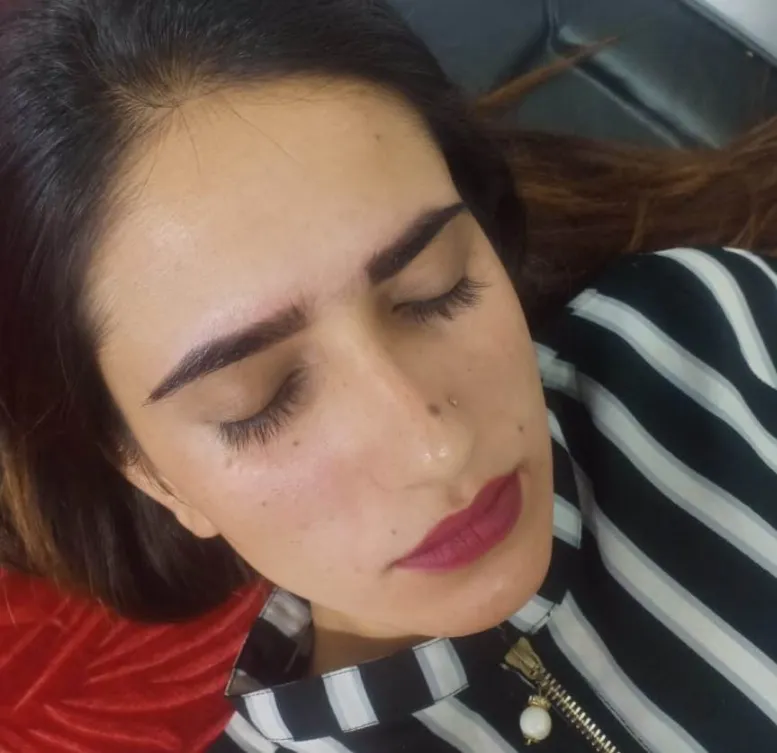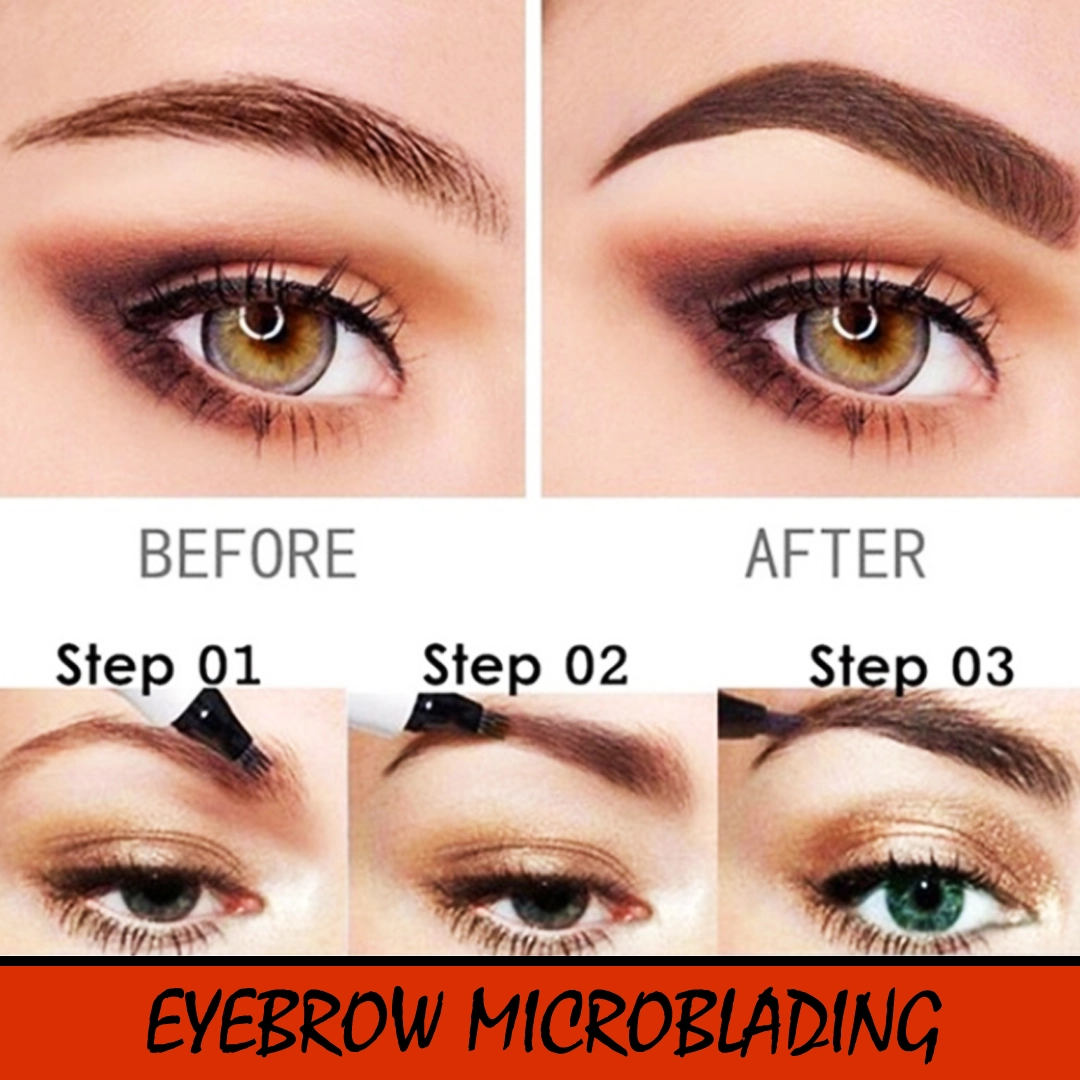People also ask:-
1. How often should you touch up Microblading?
The pigment used in microblading is semi-permanent and can last between 1-3years. The pigment will begin to fade within 12 months. In order to keep your brows looking fresh, a touch up is recommended every 12 months to 24 months maximum. After 2 years, full price for microblading will apply.
2. Can you reverse Microblading?
Reversing the Procedure. Fortunately, because microblading is not as permanent as a normal tattoo, reversing bad brow jobs is possible. Laser tattoo removal is oneoption, and there are also saline solutions that can speed up the fading process.Jun 9, 2017
3. Can you wash your face after Microblading?
If your brows feel tight or dry, you may apply an extremely thin layer of Aquaphorafter cleansing (brows should not be greasy, glossy, or shiny – if so, you used too much). The following must be avoided for 10 days post-microblading procedure: ...Wash face CAREFULLY with a washcloth or cleansing wipes, avoid brow area.
4. How long does it take to heal from Microblading your eyebrows?
No down time is required after microblading procedure. It takes approximately 7-14 days for the brows to heal over, and about 1 month for the color to fully set in.
5. Can you shower after Microblading?
Follow these steps to properly take care of your skin after microblading: Avoid getting the area wet for up to 10 days, which includes keeping your face dry during ashower. Don't wear makeup for at least a week. This is because the pigments are still settling in to the shallow cuts in your skin caused by the blading.

6. How much does it cost to get Microblading?
Microblading ranges in cost Rs.3500/- If you don't know what microblading is, it's the practice of placing pigment with tiny strokes of a "microblade" in a semi permanent fashion over your existing eyebrows.
7. How long will Microblading last?
Microblading, also known as Eyebrow Embroidery is a procedure categorized under permanent makeup, but unlike traditional cosmetic tattooing, it is less invasive and is considered semi-permanent. Microblading typically lasts 1-3 years, depending on skin type and skincare routine.
8. How long does Microblading last oily skin?
Then the not-so-great news: Whereas microblading typically lasts two to three years, with oily skin, that time can get cut to about a year. “It also depends on how the person takes care of their brows after,” Bray adds
9. Does Microblading eventually disappear?
Microblading is considered a type eyebrow tattoo but the results last just 1-3 years. You may prolong the look of your microblading with regular color boosts or allow it to fade to a shadow and eventually disappear.
10. Is Microblading permanent?
Some are promoting microblading or eyebrow embroidery as a semi-permanentprocess; and that the color only reaches the epidermal (outer) layer of the skin. ... Pigments do fade in the skin over time, but that does not make the process semi-permanent.
11. Do you need a license to do Microblading?
In the past, the state required a cosmetology license to practice microblading. But that requirement has been dropped. ... If you own a salon or spa, you need to have the proper business license for you shop before you can do brows for your clients.
12. When can I wet my brows after Microblading?
It will take anywhere from 7-14 days for the skin to begin to appear healed and forthe pigment to fade to its regular shade. Follow these steps to properly take care of your skin after microblading: Avoid getting the area wet for up to 10 days, which includes keeping your face dry during a shower.
13. What should you do before Microblading?
Do not drink coffee, alcohol or energizing drinks on the day of treatment. Do not take Aspirin, Niacin, Vitamin E or Ibuprofen 24 hours before treatment. Do not take omega3 (fish oil) 1 week before treatment.
14. What is the difference between tattooing and Microblading?
Pigment vs. Ink. Tattoo ink is used for eyebrow tattooing while microblading uses a specialized pigment. ... In contrast, microblading pigment is specifically designed to fade into a lighter version of the color used so the patient retains a natural appearance.




